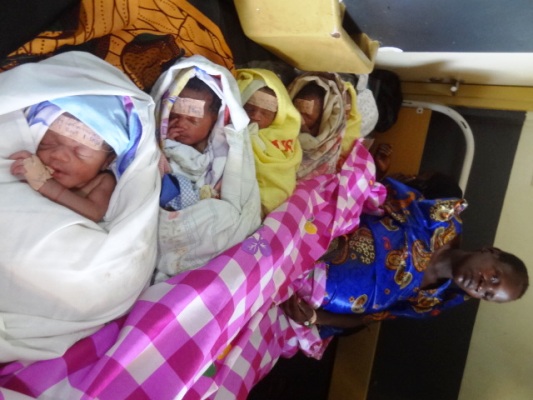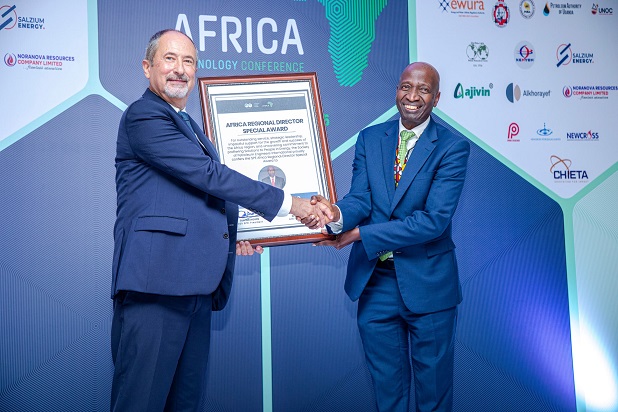Telecom Masts/ courtesy photo
Competition among service providers is to blame for the high cost of using the internet in Uganda. This is because the companies have continued to work independently in building infrastructure in the different parts of the country, instead of sharing equipment like cables and masts.
This has also seen the companies concentrate their services in major towns, leaving smaller, rural and distant places not served, according to an independent study of broadband in the country conducted by Knowledge Consulting Ltd and Research IT Solutions led by Dr Francis Tusubira.
It called for a clear roadmap towards the sharing of infrastructure as a national policy because various recommendations have not been implemented to realise this as a solution. The leading infrastructure and service providers, for example, market their services with claims that they cover more than 95 percent of the country reaching the remotest areas with 4G networks.
However, the study reveals that only 72 percent of the country is covered, with the Central Region having the best 4G coverage at 84 percent, followed by the East with 80 percent.
Western and Northern Regions are below the national average at 61 and 58 percent respectively. The Permanent Secretary at the Ministry of ICT and National Guidance, Aminah Zawedde says because companies do not want to collaborate in infrastructure development, they use a lot of money, which cost is then passed on to the final user.
She says this study, funded through the World Bank’s Regional Communications Infrastructure Program will help the government develop a 10-year National Broadband Infrastructure Blueprint (2022–2032). Uganda is the 12th least-expensive country in regards to 300 MB and 1 GB monthly usage out of 54 countries in Africa.
However, expressed in terms of gross national income per capita, Uganda ranks only 27th in regards to the cost of 300MB and 28th for 1GB. Data at Uganda Communications Commission shows Broadband adoption is low despite relatively good coverage and fast download speeds, mainly due to lack of affordability.
Smartphone penetration is low at about 30 percent of the total number of mobile phones, and of these, only one third is used for internet-based tasks. The study calls for more government to treat the ICT sector more as an engine of growth and not an engine to extract taxes.
“Companies in the ICT sector in Uganda pay more taxes than companies from other sectors. Excise duties on airtime, value-added services and mobile money all place a higher tax burden on the ICT sector relative to the rest of the economy. This distorts investment and slows down the digital transformation of the economy,” the study report says.
It states that a 10 percent higher broadband penetration could add up to 916 million dollars in GDP and 108 million dollars (380 billion shillings) in taxes through productivity gains across all sectors. The study was called to advise the government on previous suggestions from different advisories, on sharing infrastructure.
These include shared fibre cable ducts which would help reduce damage to other infrastructure like roads. But Minister for ICT and National Guidance, Chris Baryomunsi says there are many players involved in infrastructure, not only telecoms, which calls for collaboration among the different sectors to create infrastructure ducts.
But the Commissioner for ICT Infrastructure Development at the Ministry, Geoffrey Agoi says one of the bottlenecks was finding convenient space for this structure, especially in the urban areas.
The study also found that there is a need for better coordination among the institutions responsible for directing policy and to ensure that the perennial underfunding compounded by high taxation across the ICT sector is addressed.
There is also uncalled-for competition amongst the agencies and departments of the ministry and also side-lining of the private sector in policy and strategy discussions, according to the study. The lead researcher, Dr Francis Tusubira also blamed the uncoordinated or competing government policies for some bottlenecks including the high cost of internet and poor services.
According to him, the most visible examples raised by stakeholders relates to the efforts within the ministry to reduce costs of accessing ICT goods and services for users and, running counter to this, actions from the Ministry of Finance to raise more revenues from the sector.
He says in the short term, the government must invest about 400 billion Shillings into the ICT sector if it is to meet the national aspirations laid out in the National Development Plan III.
-URN





